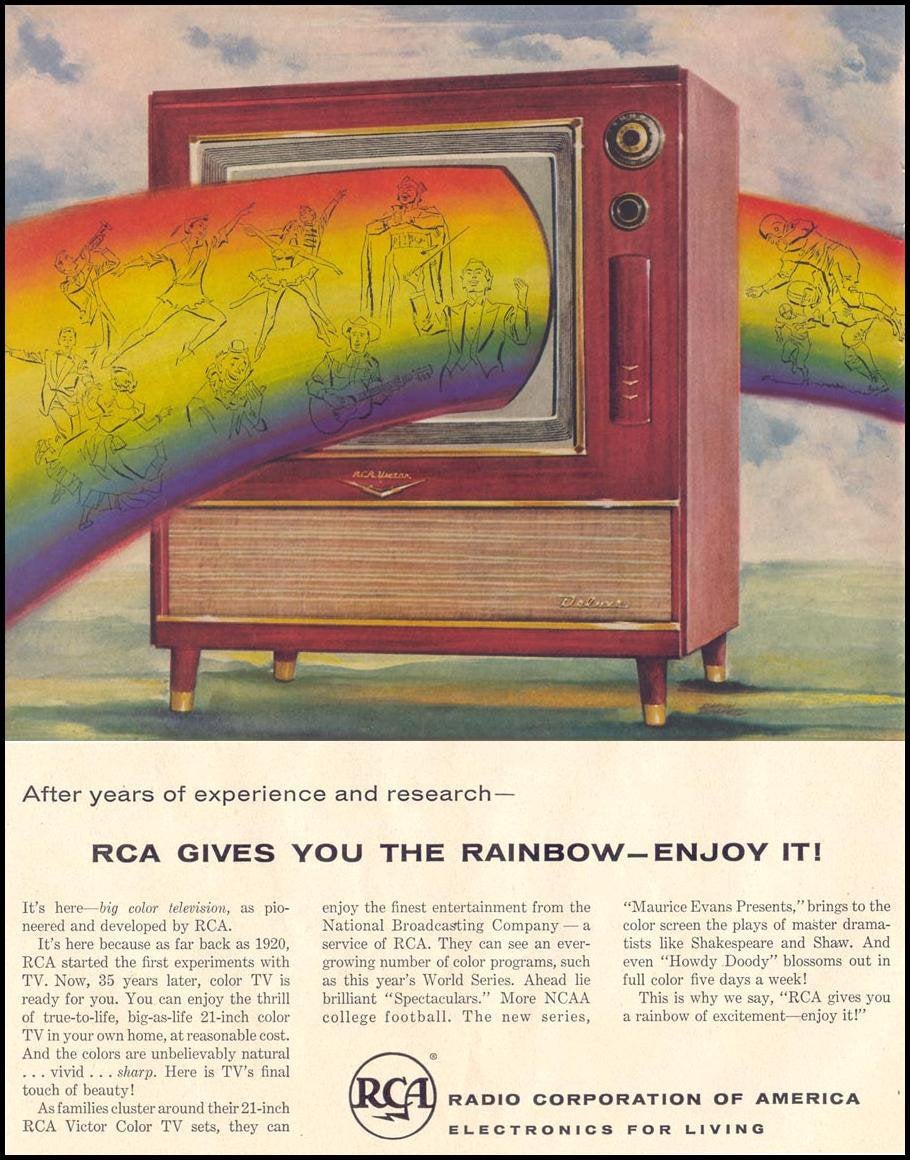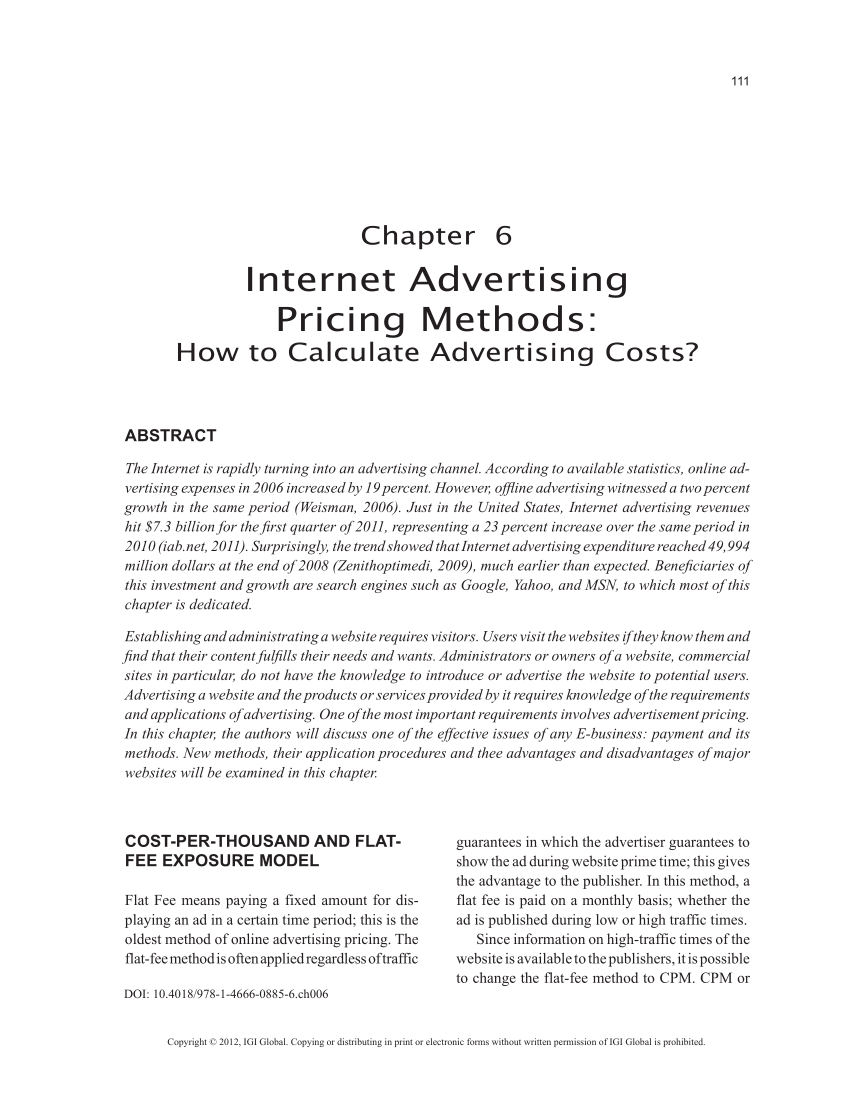
In recent years, targeted TV ads have become much more common. Targeted advertising not only helps increase the reach of a marketing campaign, but can also help build brands. Targeted advertising was not a popular choice before it became mainstream. A targeted commercial could look like a 30-second spot, but it was usually scheduled weeks in advance. Most often, though, a commercial is simply mass market messaging.
Targeting TV ads has the advantage of allowing consumers to customize their viewing experience. The consumer can pick which ads they want during the commercial breaks. This is a lot more effective than simply seeing the same ad over and again. There are still challenges in reaching the right audience and communicating the right message to them.
Advertisers need to find a way that unites their approach to TV advertising. This means that data and technology can be combined to provide precise targeting. There are many kinds of targeting. These include connected TV (CTV), addressable television, and AT. CTV is probably the most well-known form of targeted marketing. Connected television is a programmatic platform that allows marketers target viewers based upon their demographics, behavior, and other characteristics.

There are also new viewing options that offer companies a variety of benefits. Marketers can improve their branding strategies with streaming services like Netflix or Hulu. They can help increase awareness for a product that is only available online. These kinds of viewing experiences can have a profound impact on how we view TV ads.
Another option for marketers is QR codes. These little gadgets can be used for many purposes, including to search for products and make purchases. They also allow users to learn more about the company. Although QR codes were around for a while, their popularity has increased in recent years.
Cadent's Aperture Platform is an example of such a tool. It allows advertisers create audience segments by using both first-party and third party data. Although it might not be the most exciting feature, it is still a must-have for marketers.
Another enticing form of targeted television is infomercials. Infomercials offer an opportunity to get a discount or premium on upsell or cross-sell products. A well-crafted infomercial must be convincing and should pace the product accordingly. Similarly, an appealing and witty commercial is a great way to attract viewers.

To create a believable TV ad, advertisers need to consider both their brand and their consumer. An infomercial that is well executed should be able create a need in the mind of the viewer. If the viewer can clearly identify the need for the product it will be much easier for them to form a friendship.
The next step is to use data for better decision making about the right TV advertisement. Advertisers today can optimize their media campaigns using technology and data to help them achieve their business objectives.
The future of TV advertising is interactive because more consumers are turning to streaming services and online content. Marketers need to be creative in engaging their customers with high-quality content.
FAQ
Advertising: What does it mean?
Advertising is an art form. Advertising is not about selling products. It's about building emotional connections between brands and people.
Advertising is about telling stories and using images to communicate ideas.
You have to make sure you are communicating clearly and persuasively. Your target market should be able to relate to the story you tell.
Advertising is thus different from other forms, such public speaking, writing, and presentations.
A successful ad campaign is a way to establish a brand identity.
This is how to be remembered. You are someone people remember.
What are your thoughts on television advertising?
Television advertising is an extremely effective medium for reaching many people at once. It was also quite expensive. However, if you use it well, it can be incredibly powerful.
Although there are many types of TV ads available, they all share certain characteristics. Planning any TV ad should start with ensuring it fits in its category. It is not a good idea to try and run a lifestyle TV commercial while running a product or service commercial. Your message must be consistent throughout the campaign.
Remember that prime-time is the best time for your ads to be aired. This is because viewers tend to watch TV while sitting down in front the television. You want them to be able focus on your words and not get distracted by the TV.
Finally, just because you've a lot of money doesn't mean you'll get great results. However, this may not be true. The University of California conducted a study that found commercials shown on popular programs were less likely than those on non-popular programs to sell products. Make sure you are doing it right if you're spending a lot on TV advertising.
What is an advertisement buyer?
An advertiser purchases advertising space on TV, radio or print media.
Advertisers are charged for the time their message will appear.
They don't necessarily want the best ad, but they are more interested in what is most effective at reaching their target audience.
An advertiser might have details about potential customers, including their age, gender and income.
This information can be used by advertisers to decide which media works best for them. An example is direct mail that appeals to older people.
Advertisers also look at the competition. Advertisers might place their ads near similar businesses if they see them.
Advertisers also need to consider their budget size and how long they will spend it before it expires.
What is the cost of advertising on social media?
It is important to know that advertising on social media platforms is not free if you decide to do this route. Based on the time spent on each platform, you will be charged monthly.
Facebook - $0.10 per 1,000 impressions
Twitter: $0.20 per 1,000 impressions (if your tweet is on Twitter)
Send out invitations on Linkedin for $0.30 per 1000 impressions
Instagram - $0.50 for 1,000 impressions
Snapchat - $0.60 Per 1,000 Impressions ($0.40 per User)
YouTube - $0.25 per 1,000 views
Tumblr $0.15 for 1,000 impressions text posts
Pinterest - $0.05 per 1,000 impressions per month
Google+ - $0.15 to $0.0.20 per 1,000,000 impressions
Tumblr – $0.15 - $0.20 per 100,000 impressions
Vimeo - $0.20 to $0.25 per 10,000 impressions
Soundcloud - $0.20 - $0.0.25 for 1,000,000 plays
StumbleUpon - $0.20 -$0.25 per 1 billion pageviews
Digg – $0.20 - 0.25 per 1000 diggs
Reddit – $0.20-$0.25 Per 1000 Comments
Wordpress – $0.20--$0.25 Per 500 Comments
Flickr - $0.20 -- $0.25 per 5,000 photo uploads
Social media is a great way to advertise your business.
Social Media Marketing, or SMM, allows you access customers directly on social networks, such as Facebook, Twitter LinkedIn YouTube YouTube Google+. You can also target specific audiences within these networks by using keywords.
This advertising method is cost-effective because it costs less to market online than traditional methods. This method allows you to develop strong relationships with potential and current clients.
It's very easy to start using social networks to promote your business. All you need is access to the Internet and a smartphone.
What is an advertising campaign?
An advertisement campaign is a series containing advertisements to promote a product. It could also refer the entire production of such advertisements.
"Ad" is a Latin word that means "to sell." Marcus Terentius Varro, 116-27 BC, was the first to use it. He used it as a verb that meant "to make a sales."
Advertising campaigns are usually done by large companies and agencies. They may involve many different media types, including print, television, radio, internet, etc.
Advertising campaigns typically last for several months and have specific goals. One example is that some campaigns seek to create awareness while others are more focused on increasing sales.
What is advertising's main purpose?
Advertising is not just about selling products; it's also about creating an emotional connection between you and your customers.
Advertising is communicating ideas and values. It's about changing people's attitudes. It's all about building relationships.
It's all a matter of making people feel good.
However, if your customers don't want what you have to offer, you won't be able to sell anything.
So before you start any advertising project, you should first understand your customer's needs and wants, and buying habits.
You can then design ads that resonate with them.
Statistics
- This means that at least 50% of an ad needs to be shown on the screen for at least one second. (quicksprout.com)
- It's 100% reliant on your website traffic. (quicksprout.com)
- Google will display whichever ad type (CPM or CPC) is expected to earn more revenue for the publisher, which is in Google's best interest since they take a 32% share of the revenue. (quicksprout.com)
- In 1919 it was 2.5 percent of gross domestic product (GDP) in the US, and it averaged 2.2 percent of GDP between then and at least 2007, though it may have declined dramatically since the Great Recession. (en.wikipedia.org)
External Links
How To
How do I advertise with Google?
AdWords can be used by businesses to advertise using keywords that they are interested in. Set up your account first. Select a campaign name and set the budget. Choose the ad type (text or image), and add keywords. You then bid on these keywords. If someone clicks on one of your ads, you pay only if the click comes from a person who searched for one of your targeted keywords. You can get paid even though people don’t buy any products.
Google has many tools available to make sure your ads are effective. These tools include Ads Preferences Manager Manager, Keyword Planner and Analytics. These let you determine which strategy is best for you business.
A keyword planner helps you determine which keywords to use for your campaigns. It also shows you how much competition there is for certain keywords, helping you decide whether or not to spend money bidding on them.
Ads Preferences Manager can be used to adjust settings such as the maximum impressions per hour and the minimum price per click.
Analytics lets you track the performance of your ads and compare them to competitors. You can also view reports comparing the performance of your ads with others.